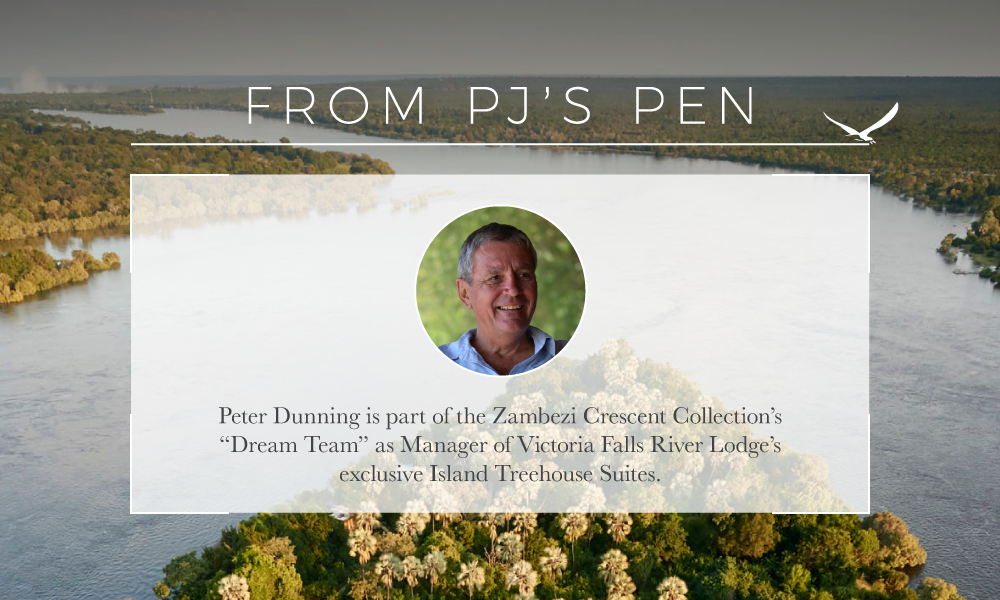As September draws to its close, the sunsets in the park just get better and better. There are lots of bush fires in Zambia upstream of us, some set deliberately to get rid of ticks, and others to prepare lands for planting before the rains begin. The smoke and the dust combine to produce a show every evening that provides a perfect backdrop to a gin and tonic loaded with ice and lemon at the upstairs Sunset Bar on the Island.
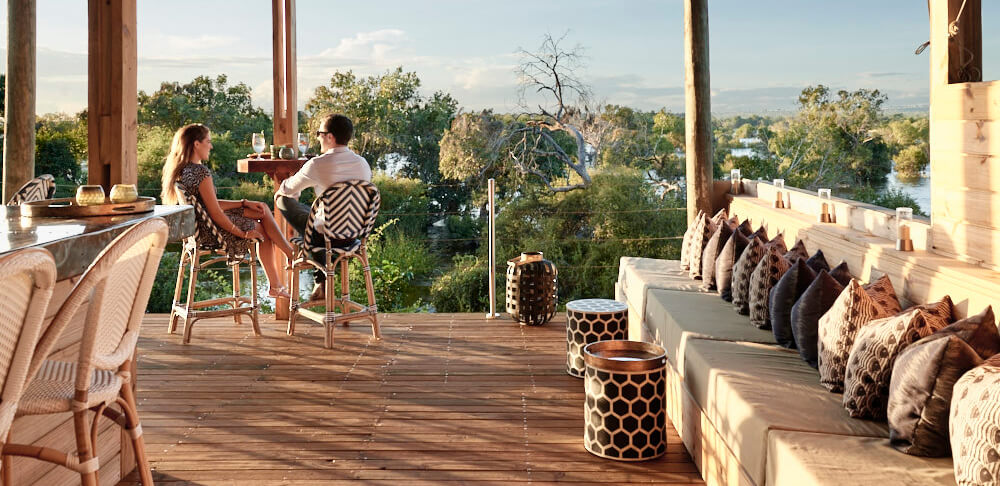
As one would expect, and as is necessary for a successful build-up to the rains, the temperatures are steadily climbing here. Towards the end of September, we were hitting a daily maximum of 35 degrees Celsius (95 degrees Fahrenheit) and a daily minimum of 17 degrees Celsius (63 degrees Fahrenheit). The river continues to drop, but the pace has slowed slightly. We are now 57% of last year’s level at the same time. At Chavuma, upstream, where the Zambezi re-enters Zambia from Angola, the flow continues to trend the 1995/6 season which was the lowest in fifty years.
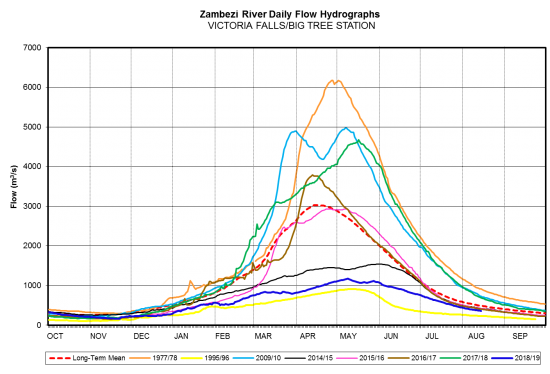
Staying with river matters, we were extremely lucky to watch a rare and wonderful ceremony just downstream of the lodge on the morning of 13th September. The Kupuwana Ceremony gets its name from the Lozi word Kubapala, which literally means “to play around in water”.
For only the 3rd time in history, and the first time since 1947, His Royal Highness the Litunga of Barotseland, King Lubosi Imwiko 2nd took a trip on the Royal Barge, the Indila.
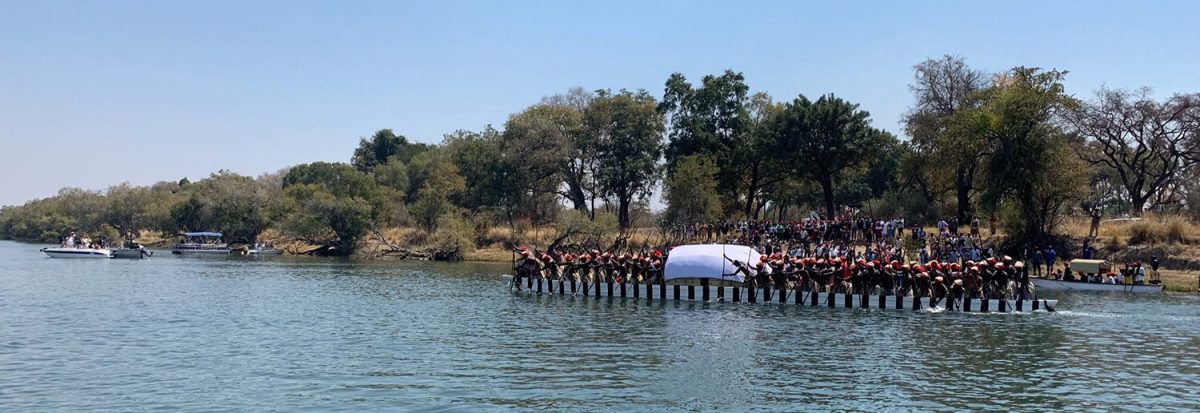
The ceremony was used to officially open the 5th Annual Zambezi Regatta, held at the Zambezi Boat Club upstream of Livingstone. Oxford Alumni, Cambridge Alumni, and a South African team took part in the racing.

Lining the walkway running from the deck to the Treehouse rooms are many small climbing shrubs with the common name Shaving Brush Bushwillow. The Combretum mossambicense always come into flower in September, and they are putting on an amazing show this year. The flowers attract all manner of insects and are followed by fruits typical of all combretums, small winged pods. In this variety they are straw-coloured five-winged pods, the wings having evolved to help wind dispersal.

Half a dozen of the biggest Sausage Trees I have ever seen live on the Island, and they must be very old. Kigelia Africana can grow up to 20 meters in height, and they are in flower now.
The flowers are strikingly beautiful; dark red to maroon in colour, cup-shaped and large. When they fall to the ground they are eaten with relish by antelope, monkeys and baboons.
Bats are largely responsible for the pollination process. Because the trunk timber is thick, strong and does not crack, these trees have been the first choice for making dug-out canoes (mokoros) for millennia. The fruits can weigh up to 4kg and resemble huge sausages, hence the common name. In Botswana, the fruit is used to prepare poultices for curing rheumatism, syphilis and ulcers. Recent years have seen the launch of many brands of Kigelia Cream in Southern Africa, made from the sausage fruits. It is being promoted as a cure for early skin cancer.
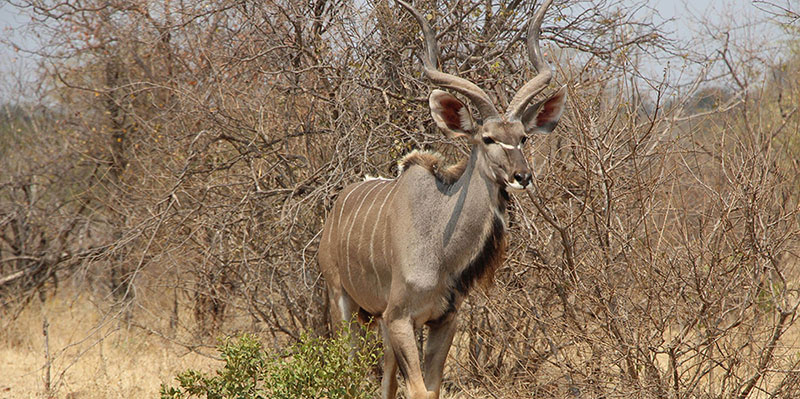
In line with my predictions, newcomers are arriving on the Island as food sources diminish everywhere. On 11th September three male Cape Buffalo arrived and spent a night and a day here. Waterbuck come and go too. On 16th September three Kudu bulls arrived and stayed for two nights.
Our intrepid little troop of Banded Mongooses might be set for an increase in their numbers after mating was observed over several days around 20th September.
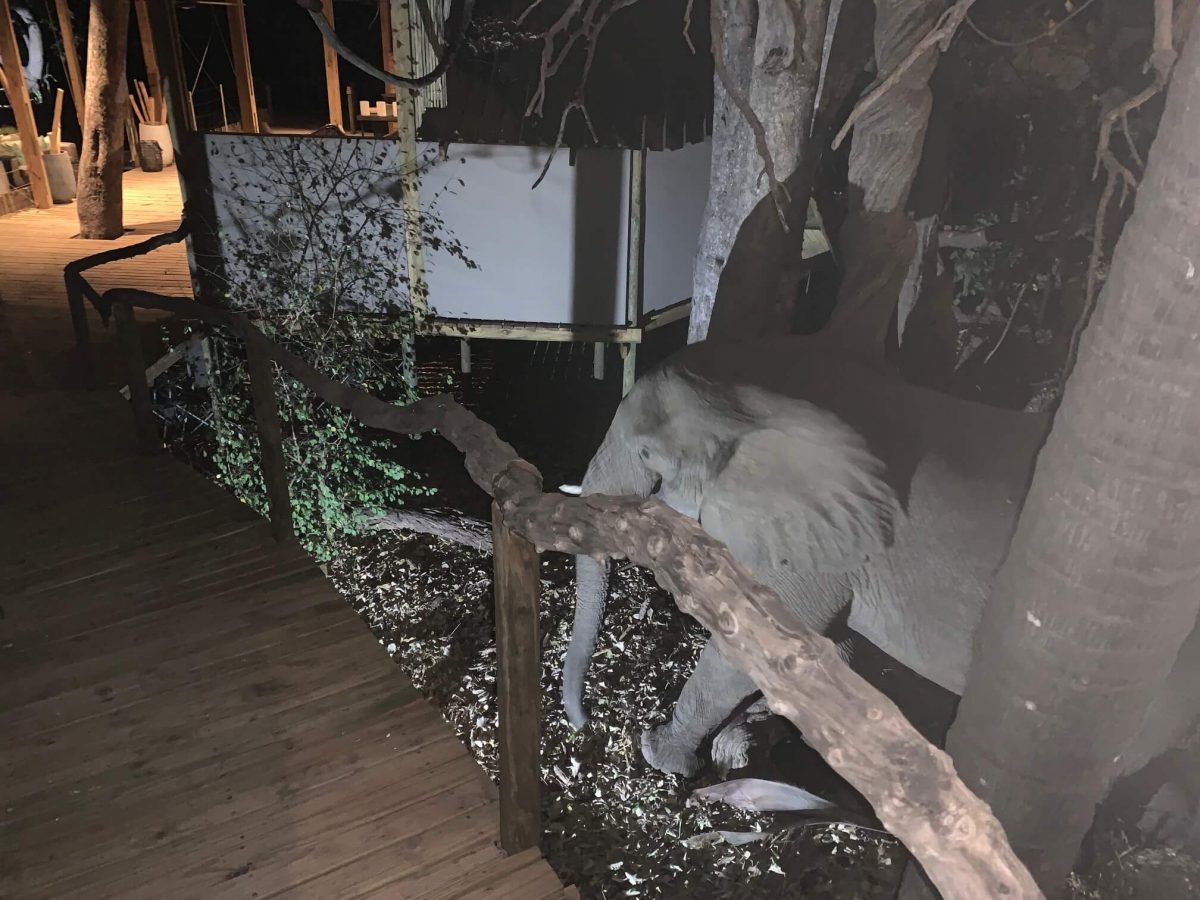
Elephants are coming to the Island most afternoons now, mostly in small breeding groups. They are losing condition and seem listless, especially the small ones.
Nursing mothers are eating less and less, and what they do find to eat has lower nutritional value. The results are tragically obvious; breast milk which is reducing both in quantity and value.
The elephants are also arriving well into the night, which I suspect is because it’s cooler, and crossing the river takes less energy.
Severe drought and its effect on the large herbivores is always painful to witness. This Island looks like a battlefield now. The official word from Maun in Botswana is that the Boteti River there is now at its lowest level for 90 years.
The last rain to fall on the Island was 35mm (1.4”) on 11th April, and it brought our total for the 2018/19 season to 340mm (or 14”).
The first rains of the 2017/18 season fell on 7th October, and the first rains of the 2018/19 season fell on 17th October.
Along with the animals, we stare at the brassy blue sky and wait patiently for the clouds to start building.

